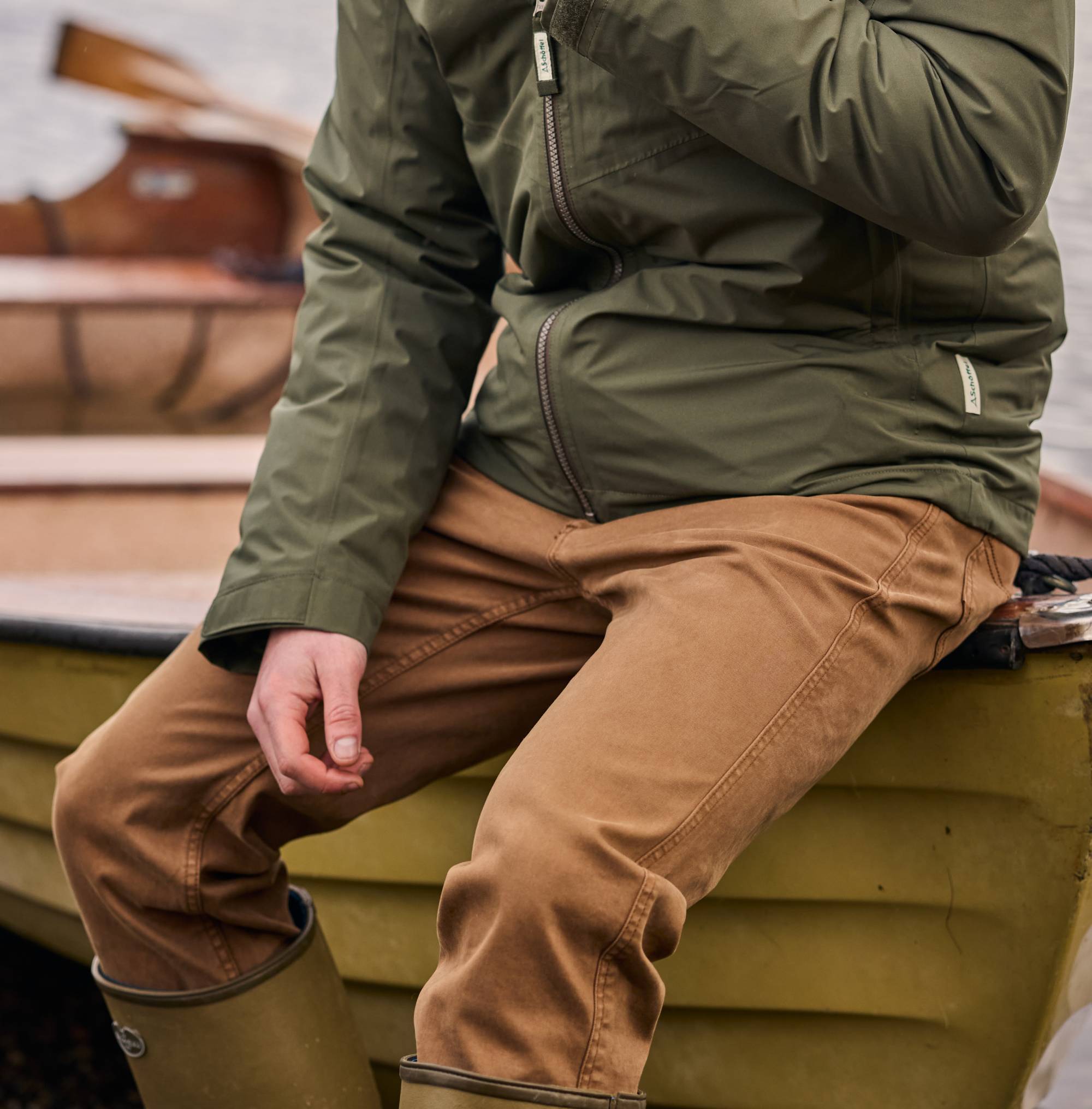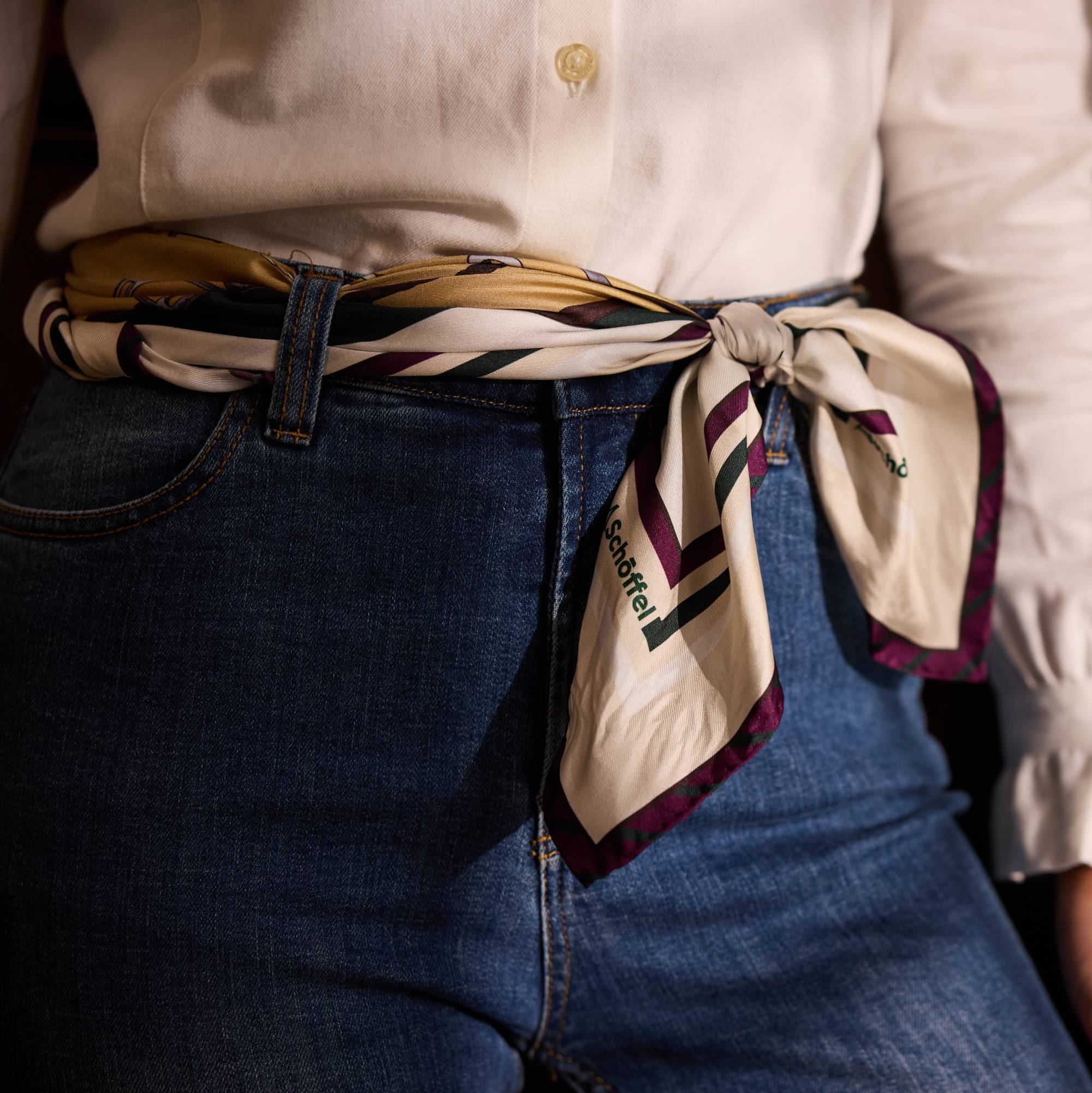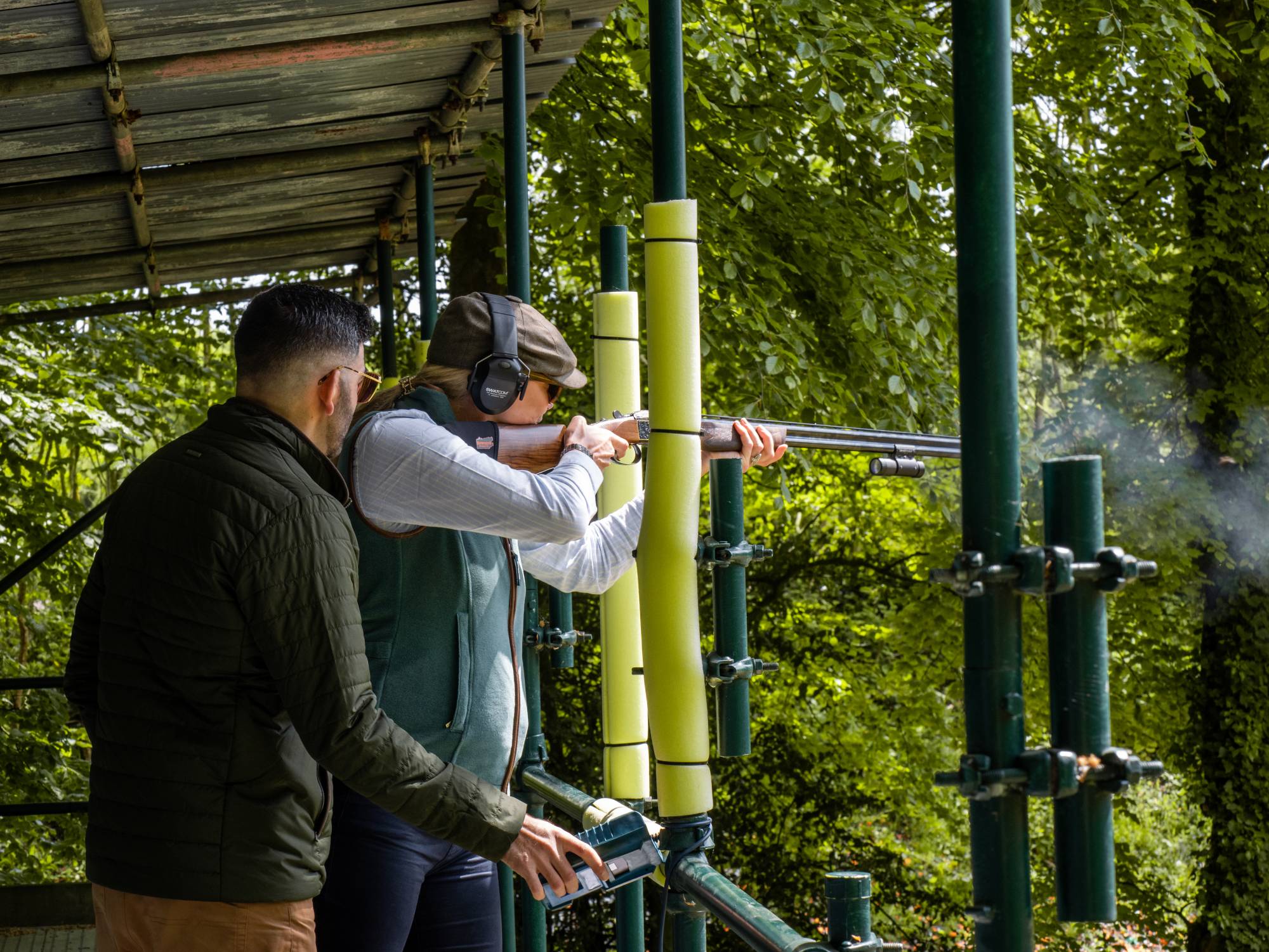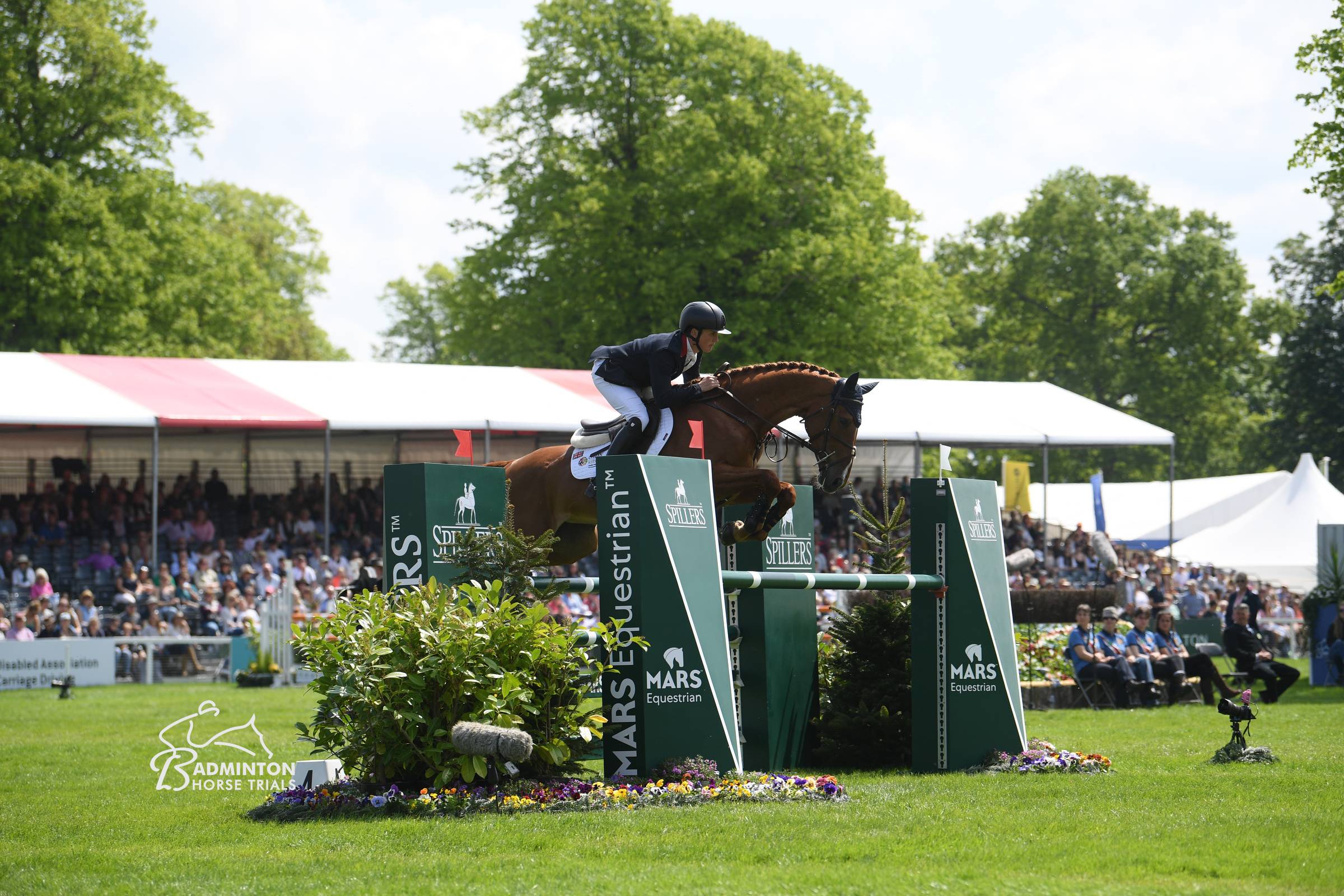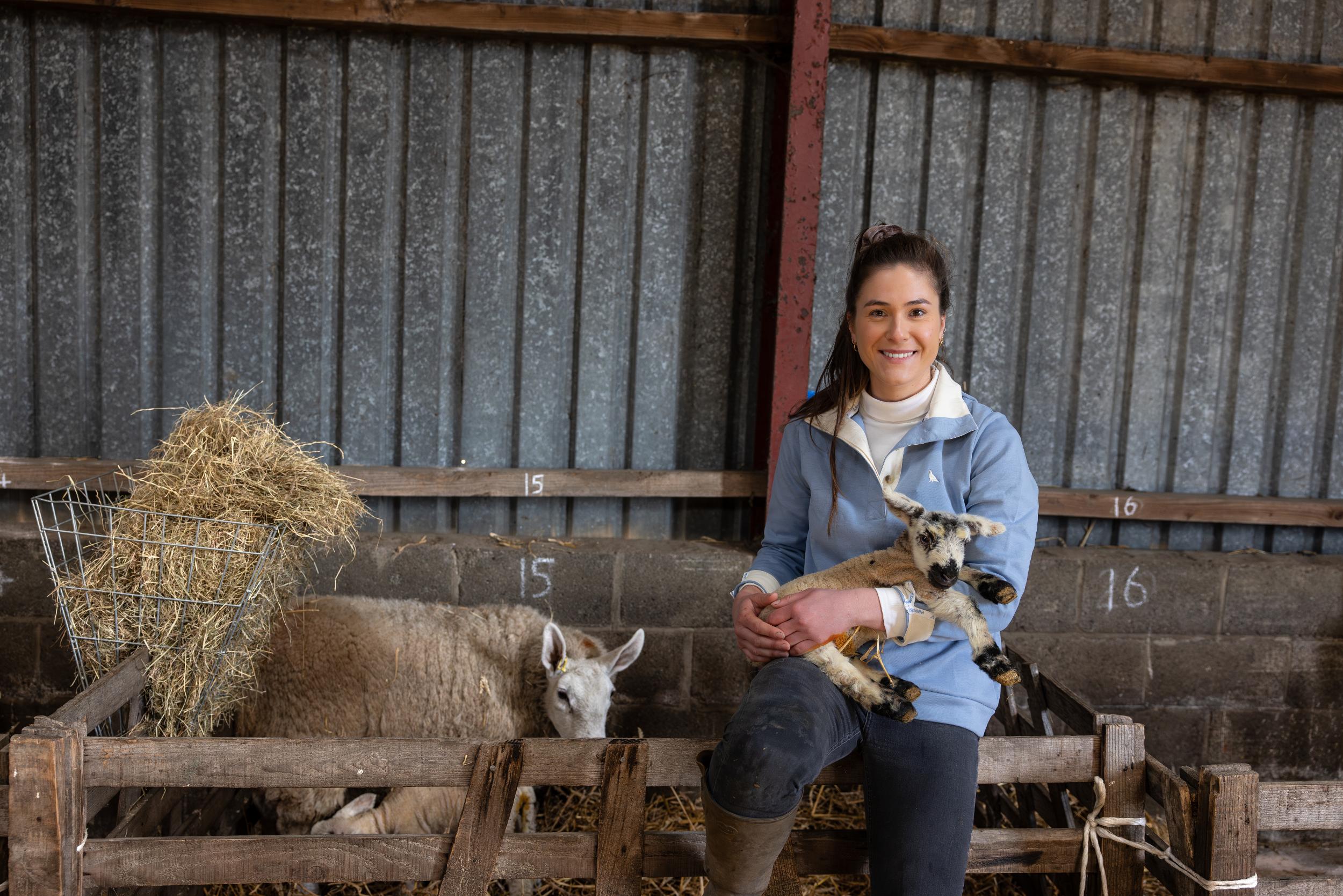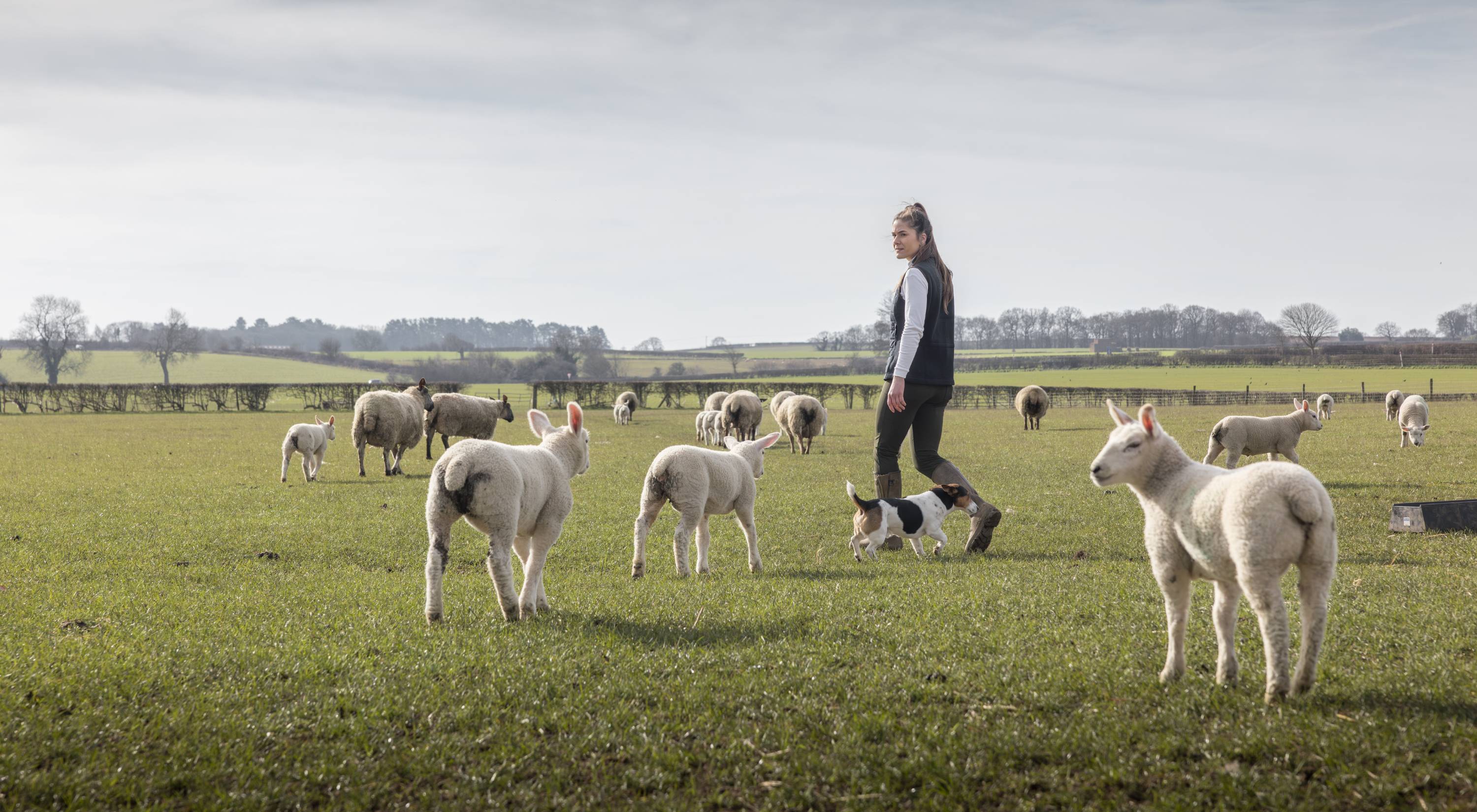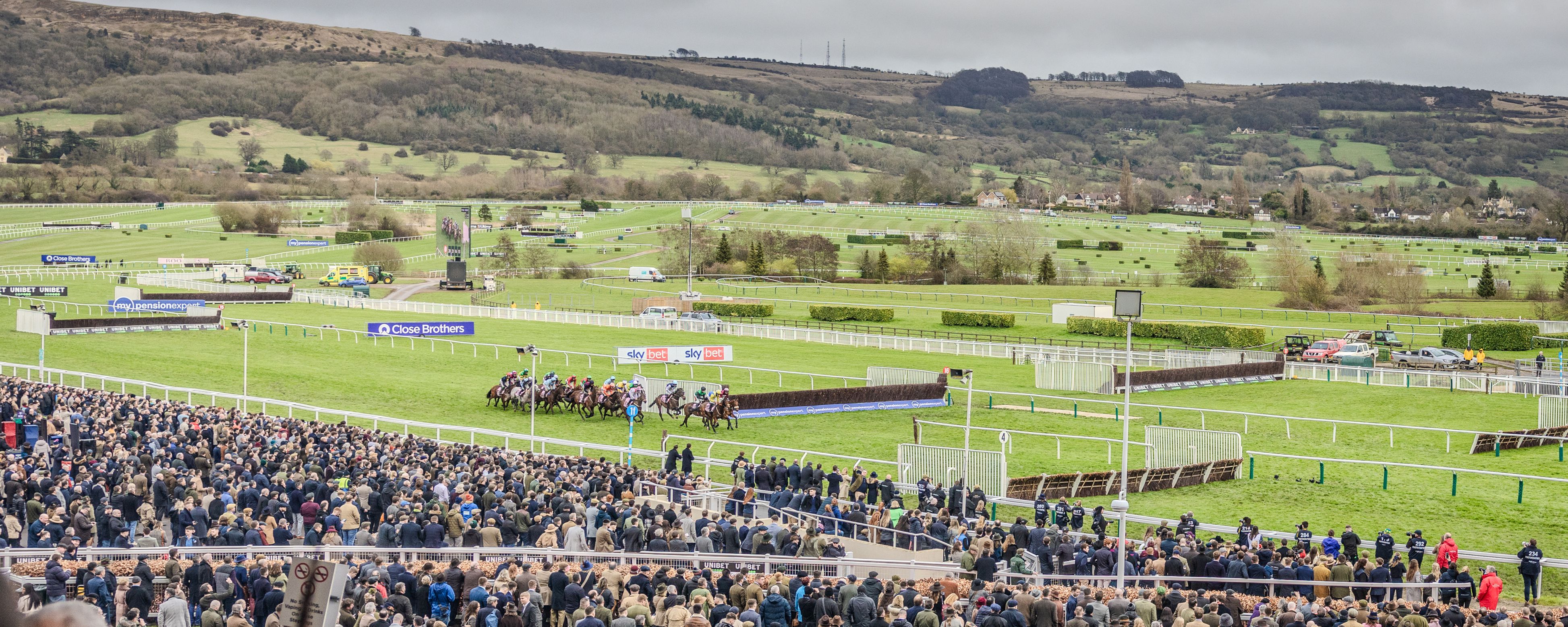

Jodie Kidd and Ed Solomons go clay shooting
In the next instalment of our new series, TV presenter, model and entrepreneur Jodie Kidd joins Ed Solomons at E.J. Churchill Shooting Ground in Buckinghamshire to refine her clay shooting technique.
Shooting history
Jodie has shot lots of clays before and really enjoys it. She started shooting clays at a young age on her family farm where her father had his own clay trap. Over the years she’s taken part in several charity simulated clay days.
However, she’s not shot for a long time and has never had a lesson. She suspects she’s picked up a few bad habits and has received lots of conflicting advice about whether to shoot with both eyes open or with one eye closed.
Gun mount & eyes
Before shooting, Ed asks Jodie to mount the empty gun and keep both eyes open so he can look at her shooting picture and what would be most effective for her eyes.
She has a master right eye but the way she’s mounting and holding the gun is going to cause her some problems. Her stance is also a little off, which is causing neither of her eyes to be centred down the gun properly. She can see this clearly by closing her left eye.
To rectify the problem, Ed suggests mounting the gun slightly lower in her shoulder pocket and then rather than putting her head rolled over at the back of the stock, stretch her neck out so that her cheek is on the stock closer to her knuckles. Her right eye will then be directly looking down the centre of the gun and she’ll have a much better chance of consistency hitting the targets.
Overhead, driven target
Ed starts Jodie on an overhead driven target, coming off the high tower. This gives him a chance to have a look at her technique and decide what they need to work on.
Jodie queries with Ed about her stance and how she should distribute her weight for shooting. He says that for more instinctive, lower driven targets then she would need to have her weight distributed more on her front foot to prevent lifting your head off the stock. For a higher driven target over your head, you want your weight to be more evenly distributed so you don’t lock up, stop the gun, and miss the target behind when swinging through it.
On this target, Ed tries to get Jodie to let the shot develop and use the time and space effectively to insert the gun behind the target, forcing her to accelerate the gun through the target and shoot it out in front. What she doesn’t want to do is insert the gun initially in front of the target because that will make her stop the gun and miss behind.
Top tip from Ed When you focus learning a new process and changing existing techniques, you’ll often find that the movements themselves feel a bit wooden and not quite as fluid as before. The whole reason that you practice and practice and go through 10-20 shots of actively trying to do something different is so that when you start letting your hands go a bit, things start to feel more normal.
Quartering away target on a raised platform
Ed and Jodie then visit the raised platform to shoot a lower, quartering away target, which Jodie has never shot before. This is a completely different set up to the driven target for a couple of reasons.
Firstly, you’ll be shooting below your feet and so if you keep a normal, upright stance you’ll find that the head easily comes off the stock and you’ll miss the target high. What you want to do it keep your weight slightly over your front foot and hinge your movement through your hips so that your head stays on the gun.
Secondly, the target, which is quartering right to left away from you isn’t going particularly fast. The key is to start behind the target, come through the line and as you come to the front edge of the target, pull the trigger. You shouldn’t need to see any lead here.
Head position on the stock and gun position in your shoulder is extremely important here. If you are shooting in an upright position and rolling your head over the stock, the recoil is going to go into a much smaller space in your shoulder and you’ll get tired and uncomfortable quicker. By stretching out your head onto the stock with weight over your front foot you’ll feel much more balanced taking the shot.
Top tip from Ed - Every clay target is different, and you’ll approach each one in a different way, with a different stance, grip, or technique very much like when Jodie plays golf – the basics will always be the same but how you apply them on each different stand (or hole) might be slightly different.
Long crossing target
This target is the furthest away one Jodie has shot today and because of this she’ll need to get used to seeing a bit more lead further in front of the target.
On this target, you’ve got a huge amount of time and space and Ed wants Jodie to get comfortable with using the concept of using that time and space to keep applying your lead gradually. If you point the gun in front of the target, the bird will always catch the gun up and you’ll miss behind.
As with the initial driven target, you want to connect with the target reasonably early so you’re able to achieve the required amount of lead. Then build some momentum with a long, positive stretch away from the target and pull the trigger.
When you get it right, it’ll feel like you’ve had loads of time. Especially on this type of target you need longer moves to see the correct picture develop and ultimately connect with the target more consistently.




